Hyundai Kauai EV 4×2 Electric — 43 350 euros
THE Hyundai Kauai 100% Electric arrived in Portugal at the beginning of the second half of 2018. The Korean brand was the first car brand in Europe to develop an all-electric compact SUV.
With a progressive design and several customizable options to meet the consumer's style, Hyundai Kauai Electric has different connectivity and navigation features, providing the Hyundai Smart Sense system that integrates different active safety equipment to assist driving.
Inside, the center console is designed for intuitive control of the shift-by-wire gear selector. Drivers can also benefit from the cluster supervision screen, more intuitively controlling the electric motor, which shows crucial information about the car's driving performance. Additionally, the head-up display projects relevant driving information directly into the driver's line of sight.
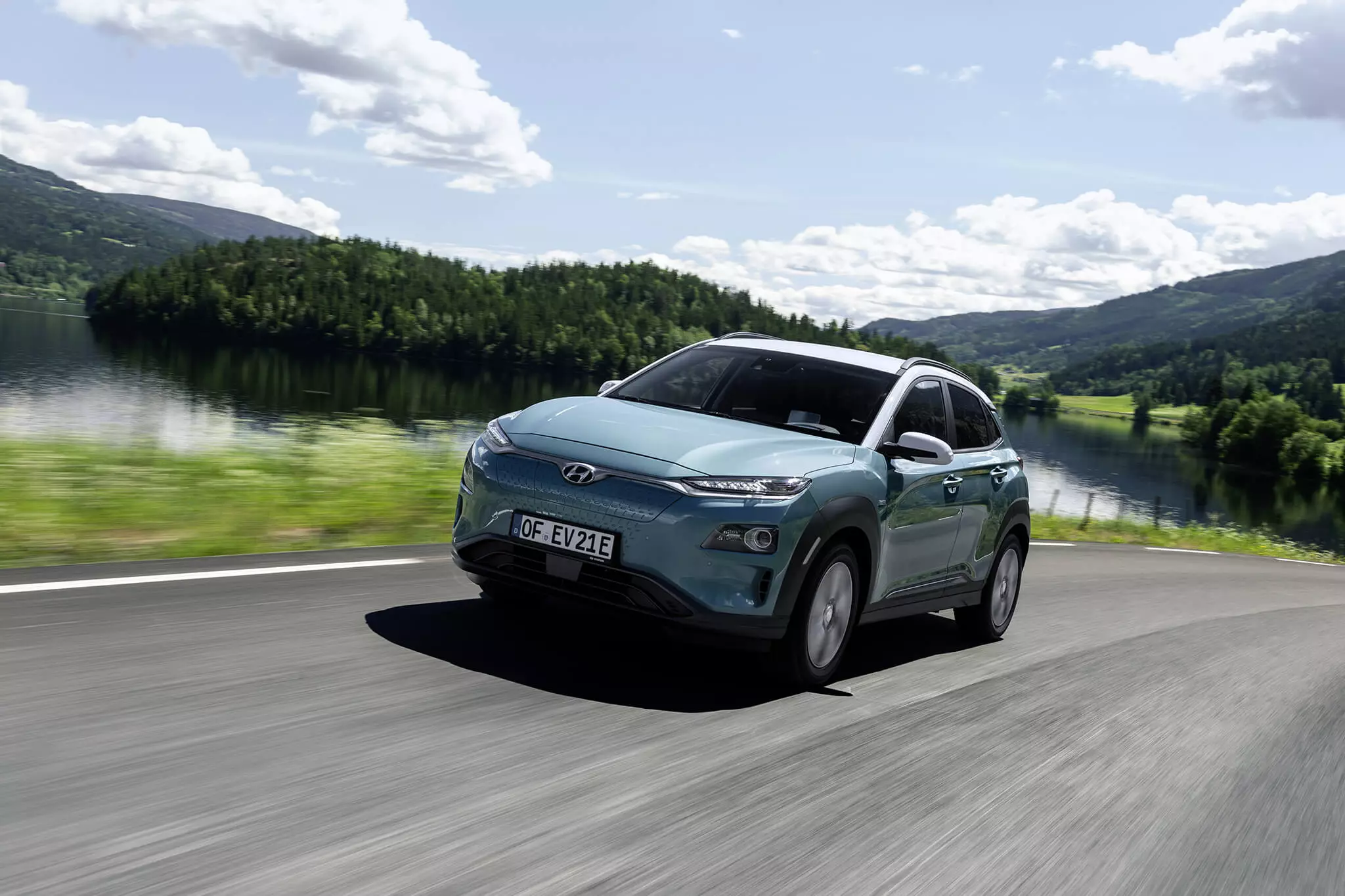
Wireless Induction Charging
To help occupants' cell phones never run out of battery power, Hyundai Kauai Electric is equipped with a wireless induction charging station (Standard Qi) for cell phones. The phone's charge level is displayed by a small indicator light. To ensure that the mobile phone is not left in the vehicle, the central display in the instrument panel provides a reminder when the vehicle is switched off. We also find USB and AUX ports as standard.
The bet for the national market is centered on the version that has a 64 kWh (204 hp) battery, which ensures autonomy of up to 470 km. With 395 Nm of torque and an acceleration of 7.6s from 0 to 100 km/h.
The adjustable regenerative braking system uses paddles behind the steering wheel that allow you to select the level of “regenerative braking”. The system recovers additional energy whenever possible.
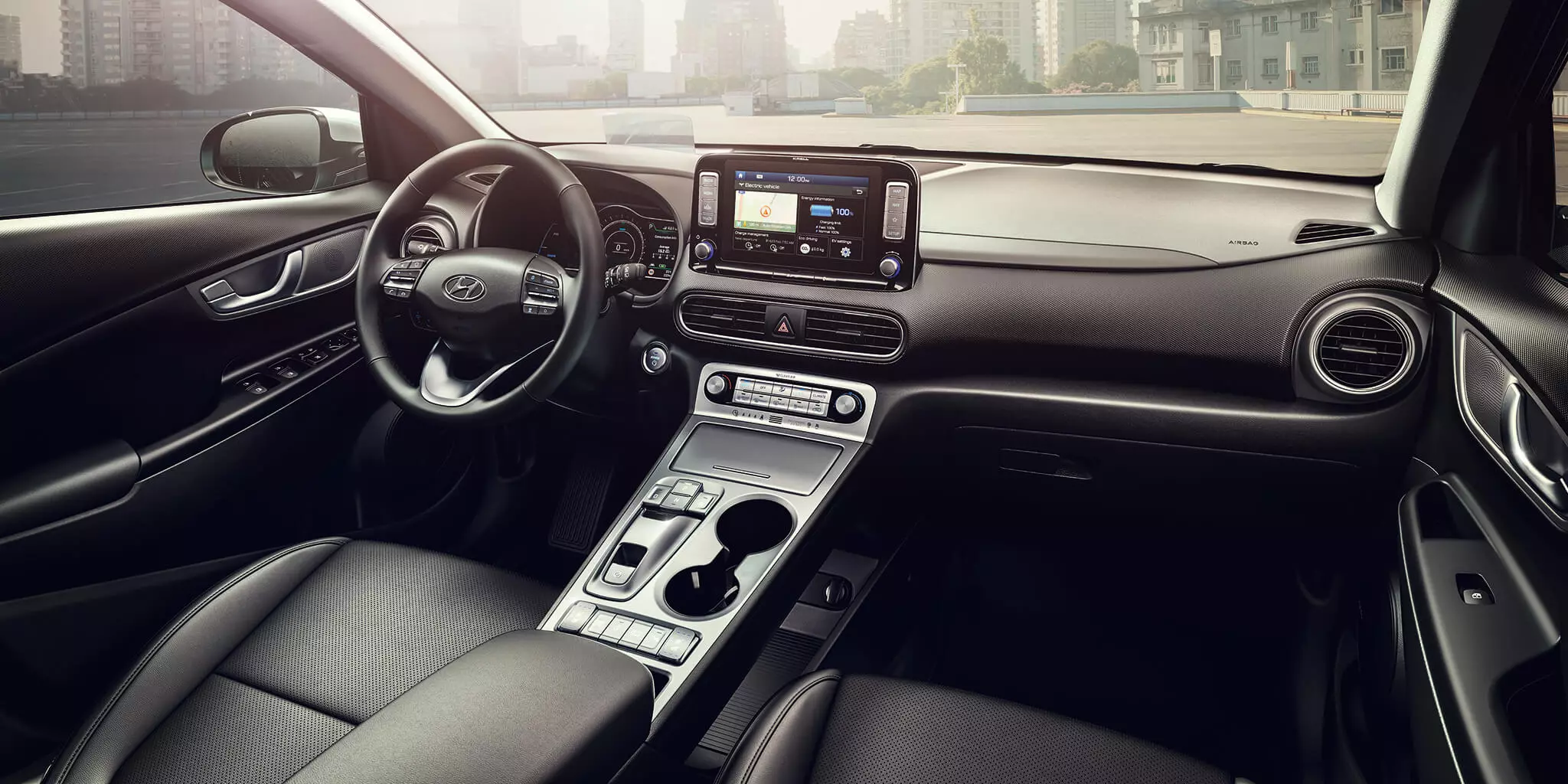
Hyundai Kauai Electric comes equipped with the latest active safety and driving assistance technologies from the brand. We highlight Autonomous Emergency Braking with pedestrian detection, Blind Spot Radar, including Vehicle Rear Traffic Alert, Lane Maintenance System, Driver Fatigue Alert, Maximum Speed Information System and Monitoring System Carriage way.
Mitsubishi Outlander PHEV — 47 thousand euros
THE Mitsubishi Outlander PHEV was presented in 2012, at the Paris Motor Show. It arrived on the Portuguese market at the end of the following year. The Renault/Nissan/Mitsubishi Alliance promises to raise awareness in the area of hybrid and electric cars. The beginning of this partnership came about with the 4WD technology for pick-ups. By the year 2020, Mitsubishi is getting ready to introduce new electric cars taking advantage of the Renault/Nissan experience; as “bargain” the Alliance will be able to take advantage of Mitsubishi Motors' legacy in the area of hybrid systems (PHEV).
Three years after the last facelift the Japanese brand has carried out a deeper update on the Mitsubishi Outlander PHEV. In design, there are several areas in which engineers and technicians worked. The aesthetic evolutions are most evident in the front grille, LED headlamps and bumpers.
It is in the chassis, suspension and engines that we find the most obvious differences. The new 2.4 l gasoline engine promises good consumption that every Car of the Year judge will have to assess. The Mitsubishi Outlander PHEV weighs 1800 kg and is “shoe” with 225/55R tires and 18″ wheels.
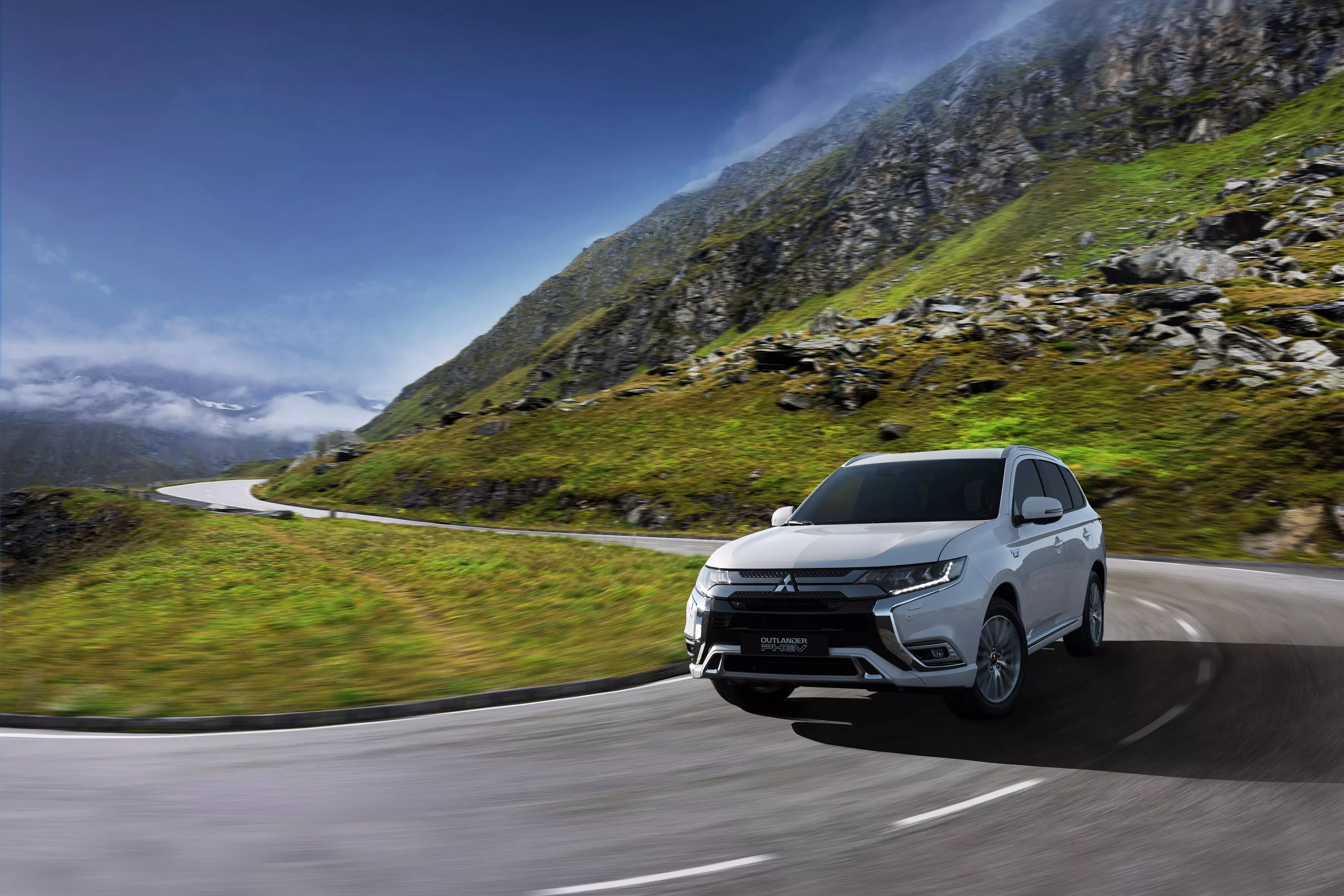
How the PHEV system works
Don't get the idea that the engines can all work at the same time, together, to get maximum speed. The hybrid system was evolved, although the concept of two electric motors (one per axle) and an internal combustion engine was maintained. The front electric motor delivers 82 hp, the rear engine is now more powerful with 95 hp. The 2.4 engine with 135 hp and 211 Nm of torque is associated with a generator with 10% more capacity.
That is, the new Atkinson cycle gasoline engine, front electric motor plus rear electric motor and generator never work together to accelerate to full speed. Such a combination never occurs in real driving. The PHEV system always balances the most suitable combination of transmission and propulsion modes. The electric autonomy advertised by the brand is 45 km.
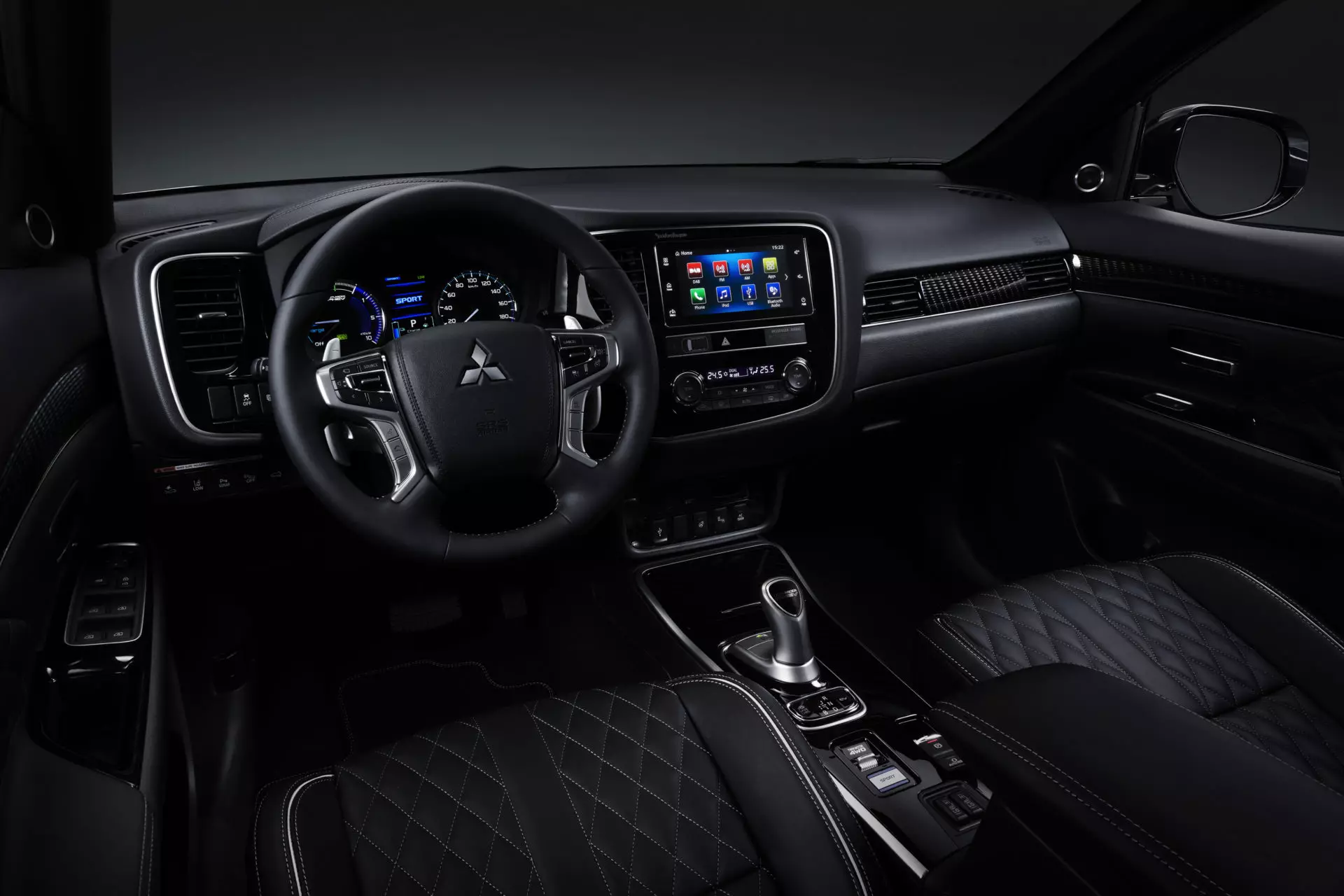
The paddles work from 0 to 6 managing the degree of energy reuse. The driver can always choose the 'SAVE Mode' where the system automatically manages the use of the engines, saving electrical load while helping to save fuel.
The Mitsubishi Outlander PHEV features three driving modes. All automatically activated by the PHEV system and with permanent electric 4WD traction or pure EV mode up to 135 km/h. It takes about four hours for the battery to be fully charged . New are the Sport and Snow driving modes.
In the case of the Instyle version, the Mitsubishi Outlander PHEV has a Smartphone Link system supported by a 7″ touchscreen compatible with Android Auto and Apple CarPlay. The luggage compartment capacity is 453 l up to the shelf.
To help improve the quality of the sound system, we found a huge subwoofer in the case. Highlight also for the 1500 W electrical sockets installed (one behind the center console, available for rear passengers and another in the glove compartment) to connect any 230 V external equipment, when we don't have the electrical network nearby.
Nissan Leaf 40 KWH Tekna with Pro Pilot and Pro Pilot Park Two Tone — 39,850 euros
Since the Nissan Leaf went on sale in 2010, over 300,000 customers have chosen the world's first-generation zero-emission electric vehicle. The European debut of the new generation took place in October 2017.
The brand advances that the new 40 kW battery and new engine with more torque guarantee more autonomy and greater driving pleasure.
One of the news is smart integration , which links the automobile to a wider society through connectivity and to the electricity grid through bidirectional charging technology.
With an overall length of 4.49 m, 1.79 m wide and 1.54 m high, for a wheelbase of 2.70 m, the Nissan Leaf has an aerodynamic friction coefficient (Cx) of just 0 .28.
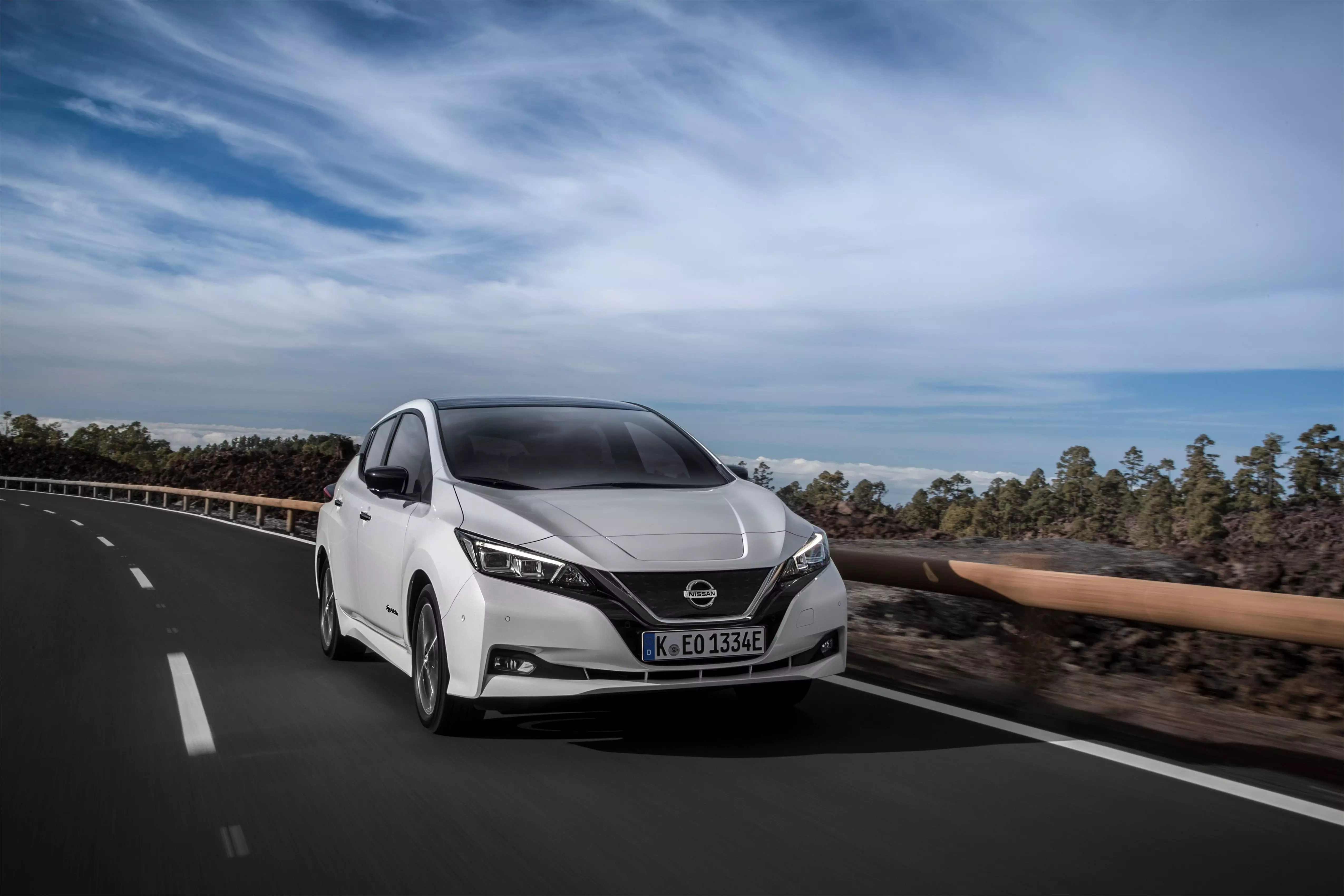
Driver centered interior
The interior was redesigned and more focused on the driver. The design includes a blue stitching on the seats, instrument panel and steering wheel. The 435 l trunk and 60/40 folding rear seats offer versatile storage options that maximize space utilization, making the new Nissan Leaf a perfect family car. The maximum capacity of the luggage compartment with the seats folded down is 1176 l.
The new electric powertrain delivers 110 kW (150 hp) and 320 Nm of torque, improving acceleration to 7.9s from 0 to 100 km/h. Nissan advances with a driving range of 378 km (NEDC) which will have to be verified by the judges to decide which is the winner in the Ecological of the Year/Evologic/Galp Electric class.
To charge up to 80% (fast charge at 50 kW) takes 40 to 60 minutes, while using a 7 kW wallbox it takes up to 7.5 hours. Standard features of the base version include six airbags (front, side and curtain), ISOFIX attachments, Anti-lock Brake System (ABS), Electronic Brake Force Distribution (EBD), Brake Assistance (BA), and Power Start in Ascents (HSA).
In the case of the competition version in the Ecological of the Year/Evologic/Galp Electric class, we find the ProPILOT driving assistance system that allows autonomous parking at the touch of a button.
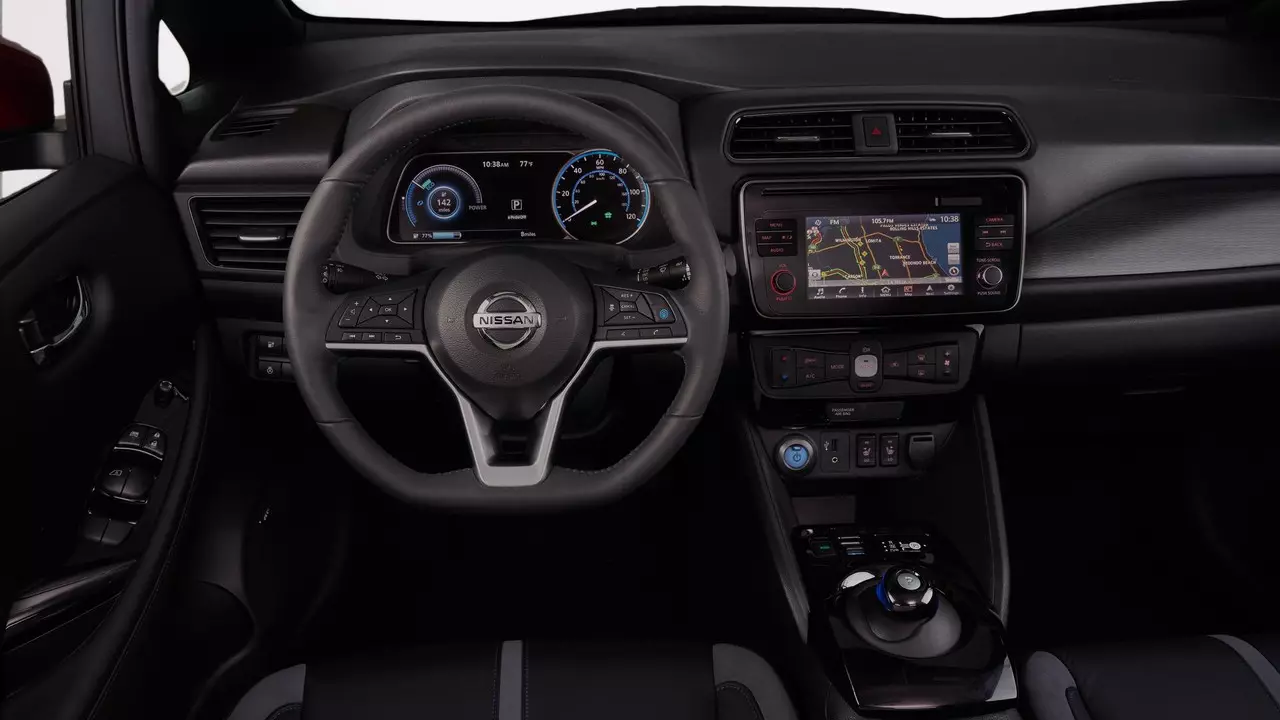
How does the ProPILOT system work?
Supported by radar and cameras, the Nissan ProPILOT adjusts speed to traffic and keeps the car in the center of the lane. It also manages traffic jams. Whether on the highway or in traffic jams, ProPILOT automatically manages the distance to the car in front as a function of speed and applies the brakes to slow down or bring the vehicle to a complete stop if necessary.
Text: Essilor Car of the Year | Crystal Wheel Trophy
